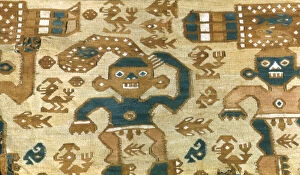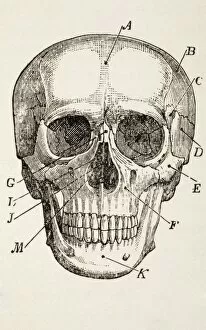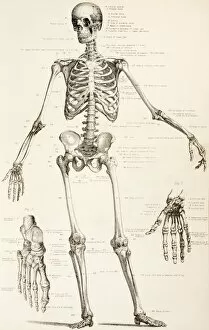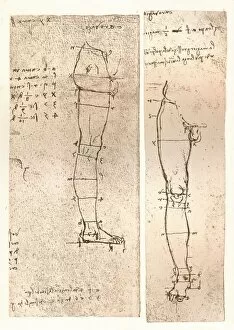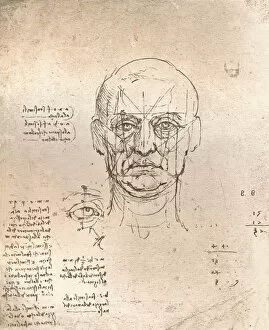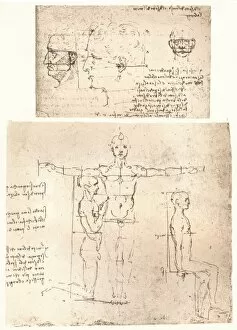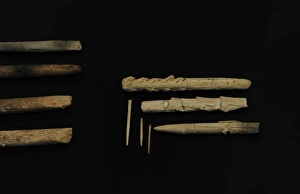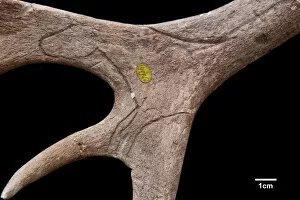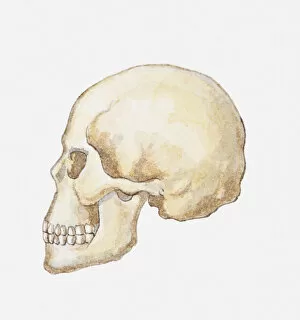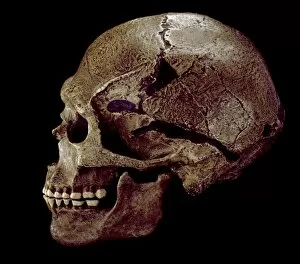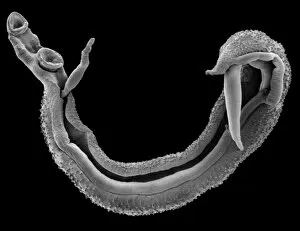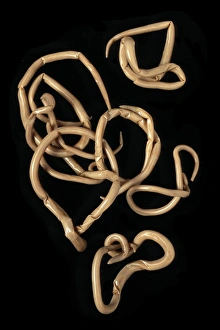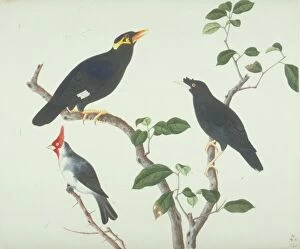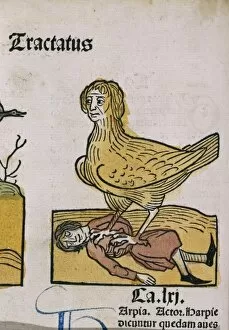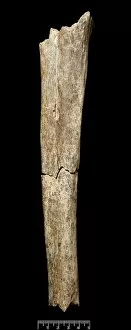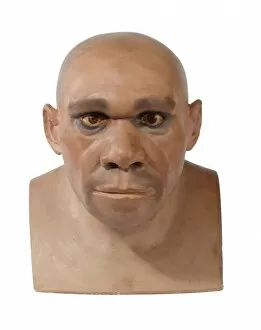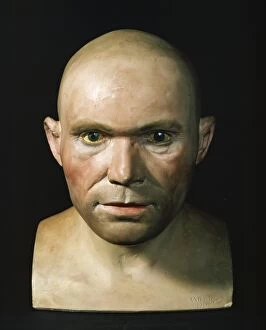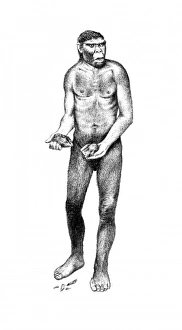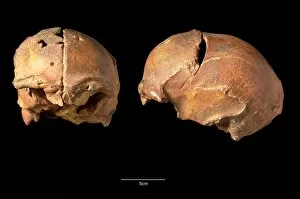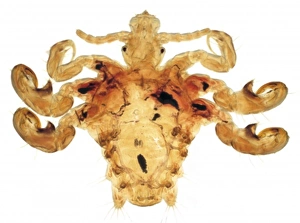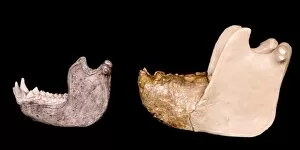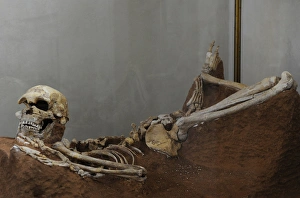Human Collection (page 5)
Human beings are members of the Hominidae family, a group of mammals that includes gorillas, chimpanzees, and orangutans
478 items
All Professionally Made to Order for Quick Shipping
-
Human Collection
Human beings are members of the Hominidae family, a group of mammals that includes gorillas, chimpanzees, and orangutans, and are distinguished from other animals by their bipedal locomotion, manual dexterity and large brains and are characterized by their capacity for abstract thought, language use and a general trend towards social living. Humans have evolved over millions of years to become the dominant species on Earth. They have spread across the globe and developed complex societies with advanced technologies that allow them to manipulate their environment in ways no other animal can. Human beings have used this power to shape the world around them in ways both beneficial and destructive. Despite our unique capabilities, humans remain subject to many of the same biological processes as other animals such as aging, disease and death.
+
Our beautiful pictures are available as Framed Prints, Photos, Wall Art and Photo Gifts
The Human collection from Media Storehouse features a wide range of high-quality wall art, framed prints, photo prints, canvas prints, jigsaw puzzles and greeting cards that showcase the beauty and diversity of Hominidae mammals. Our collection includes stunning photographs and artwork depicting various species of humans such as Homo sapiens (modern humans), Neanderthals, Denisovans and other extinct hominids. These images capture the essence of human evolution, showcasing our physical characteristics such as facial structure, body shape and size. They also highlight cultural aspects like clothing styles and tools used by early humans. Whether you are interested in anthropology or simply appreciate beautiful artwork featuring these fascinating creatures, the Human collection has something for everyone. With a variety of sizes available to suit any space or budget, our collection is perfect for anyone looking to add some unique decor to their home or office.
+
What are Human (Hominidae Mammals Animals) art prints?
Human art prints are high-quality reproductions of artwork featuring images of humans and other members of the Hominidae family, such as gorillas, chimpanzees, and orangutans. These prints showcase a range of styles and techniques, from realistic portraits to abstract interpretations. These art prints are perfect for those who appreciate the beauty and complexity of our closest animal relatives or want to add a unique touch to their home or office decor. They can be displayed in frames or mounted on canvas for a more contemporary look. We offer a wide selection of Human art prints from various artists around the world. Each print is produced using archival-grade materials that ensure long-lasting quality and vibrant colors. Whether you're looking for an eye-catching centerpiece or subtle accent piece, these art prints are sure to impress.
+
What Human (Hominidae Mammals Animals) art prints can I buy from Media Storehouse?
We offer a wide range of human (Hominidae mammals animals) art prints that are perfect for anyone who loves these fascinating creatures. From stunning photographs to beautiful illustrations, there is something for everyone in this collection. Some of the most popular prints include close-up portraits of chimpanzees and gorillas, as well as images of orangutans swinging through the trees. There are also many artistic interpretations of these animals, including abstract paintings and detailed drawings. Whether you're looking for a striking piece to hang in your living room or a unique gift for an animal lover, we have plenty to choose from. With high-quality printing and a variety of sizes available, you can be sure that your print will look great wherever you decide to display it.
+
How do I buy Human (Hominidae Mammals Animals) art prints?
To buy Human art prints from Media Storehouse, you can browse through our extensive collection of artwork featuring these animals. Once you have found a print that catches your eye, simply add it to your cart and proceed to checkout. You will be prompted to enter your shipping and payment information before finalizing the purchase. We offer a variety of sizes and framing options for their prints, so be sure to select the one that best suits your needs. We also offer a range of other animal-themed art prints if you are interested in exploring further. Buying Human art prints from Media Storehouse is an easy process that allows you to bring beautiful artwork into your home or office. Whether as a gift or for personal enjoyment, these prints are sure to delight any lover of wildlife and nature-inspired art.
+
How much do Human (Hominidae Mammals Animals) art prints cost?
We offer a wide range of Human art prints at varying prices. Our collection includes high-quality prints featuring different species of hominids, such as chimpanzees, gorillas, and orangutans. The cost of our art prints depends on several factors like the size, framing options, and quality of paper used. We strive to provide affordable yet exceptional artwork that meets the needs and preferences of our customers. Our selection caters to various tastes and styles from classic black-and-white photographs to colorful illustrations. We also ensure that all our products are ethically sourced and produced using environmentally friendly materials. Whether you're looking for a stunning centerpiece for your living room or an inspiring piece for your office space, we have something for everyone. Browse through our extensive collection today to find the perfect Human art print that suits your style and budget.
+
How will my Human (Hominidae Mammals Animals) art prints be delivered to me?
We take great care in delivering your Human art prints to you. We use high-quality packaging materials to ensure that your artwork arrives in perfect condition. Your print will be carefully rolled and placed into a sturdy cardboard tube for protection during transit. We work with trusted courier services to deliver your order directly to your doorstep. You can track the progress of your delivery through our online tracking system, which provides real-time updates on the status of your shipment. Once you receive your package, it is important to handle it with care when removing the print from its protective tube. We recommend unrolling it slowly and gently flattening any creases or wrinkles by placing a heavy object on top of the print for a short period of time. We strive to provide a seamless and reliable delivery experience so that you can enjoy your Human art prints as soon as possible.



